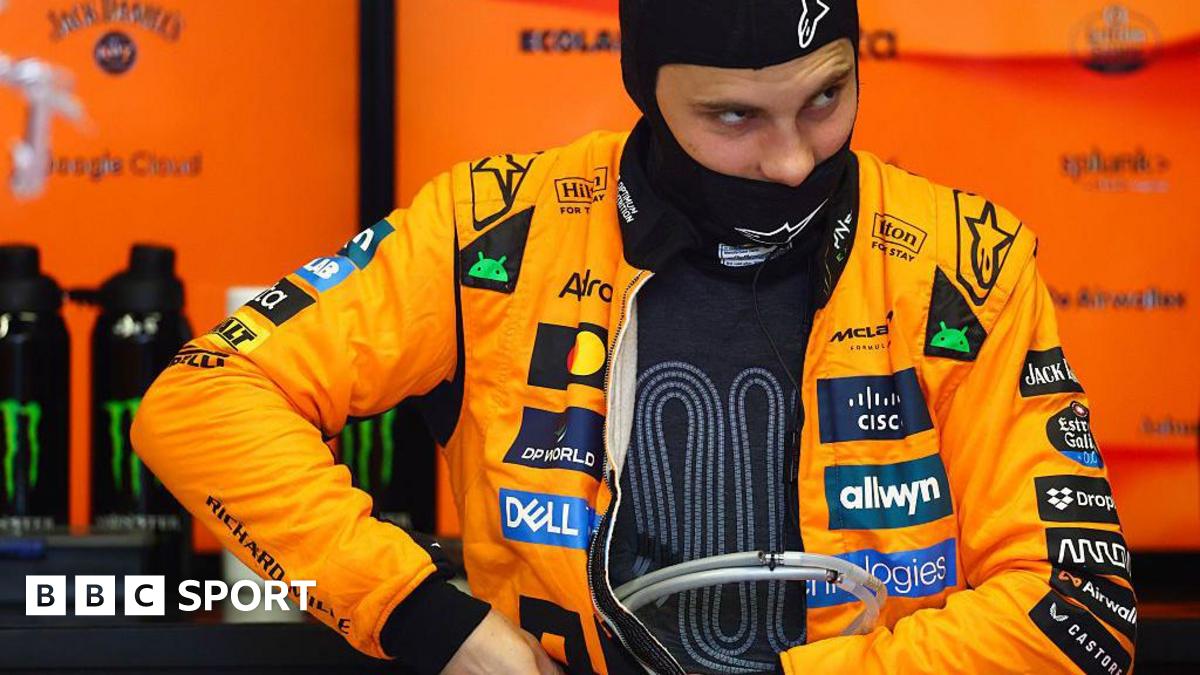Temperatures in the cockpit of an F1 car can be more than 40C, and drivers are wearing several layers of fireproof clothing in addition to a balaclava and helmet, so overheating is a serious concern.
The driver wears a fireproof vest fitted with a tube through which a cooled liquid is fed by a pump.
The rules say that the system should last for the entire race, but not all teams have managed to make it run for that long.
And the complication is that when the system stops working, it can make the drivers hotter than they would otherwise have been.
That’s because the vest fitted with the cooling system is an insulator and the liquid can end up hotter than the ambient temperature because of the temperature of the cars.
Teams have approached the design and fitting of the system in different ways depending on their individual cars.
Some have fitted the cooling device and pump at the front of the chassis, others by the side-impact structures beside the cockpit and others inside the chassis.
Regarding its overall comfort, Russell said that the tubes on the front and the back of the vest are connected and “when you go through high-speed corners in the G-force, you’re feeling these tubes on the side of your ribs”.
He added: “I think that was definitely an issue for me at the beginning. They made some changes, it has been improved, but as I said, still you have these tubes going around your ribs, which is not the perfect place for it. There’s not many high-speed corners here in Singapore, and high lateral G-forces, so I don’t think it would be a major issue.”















Leave a Reply